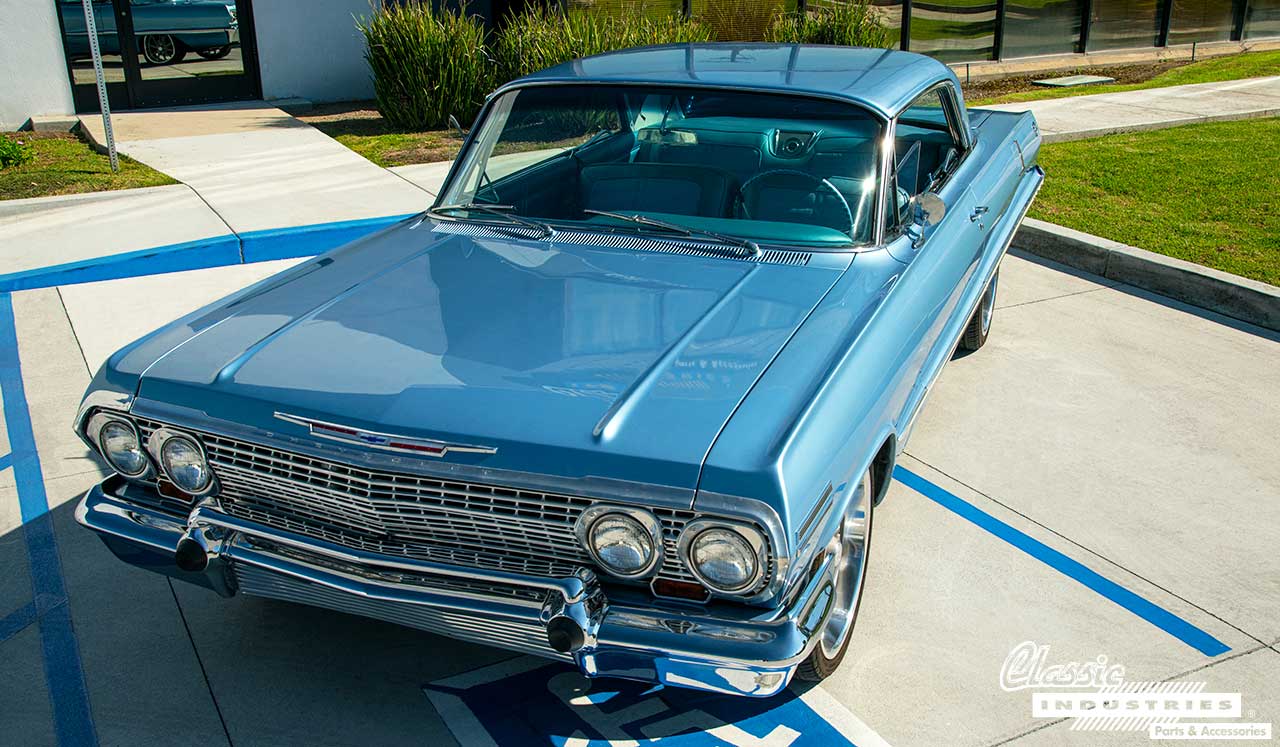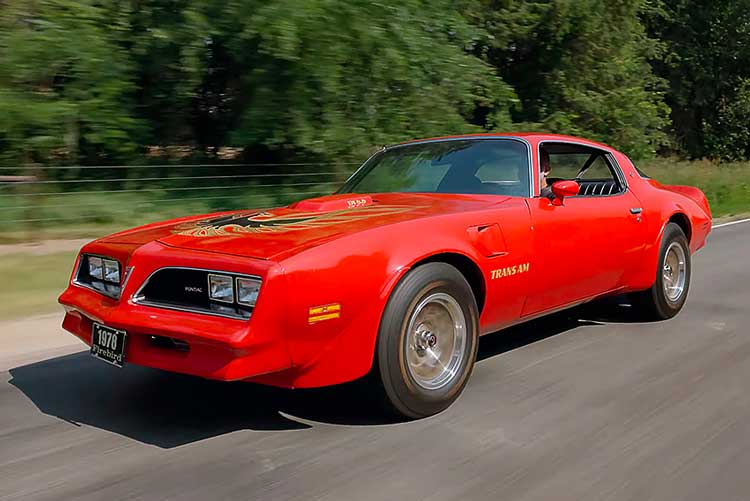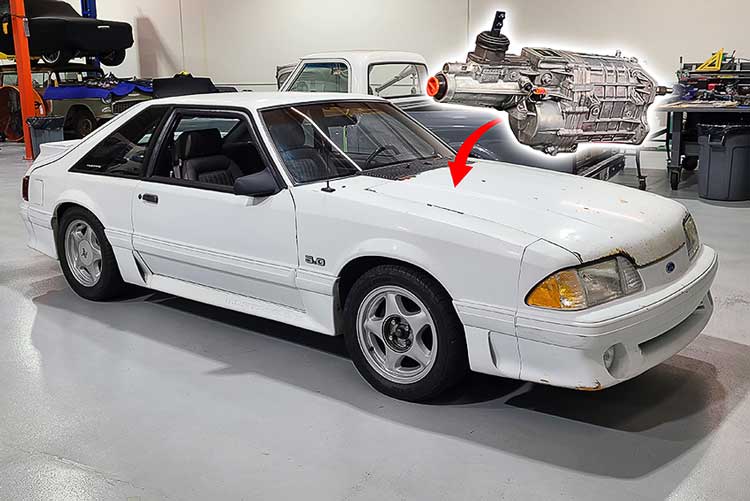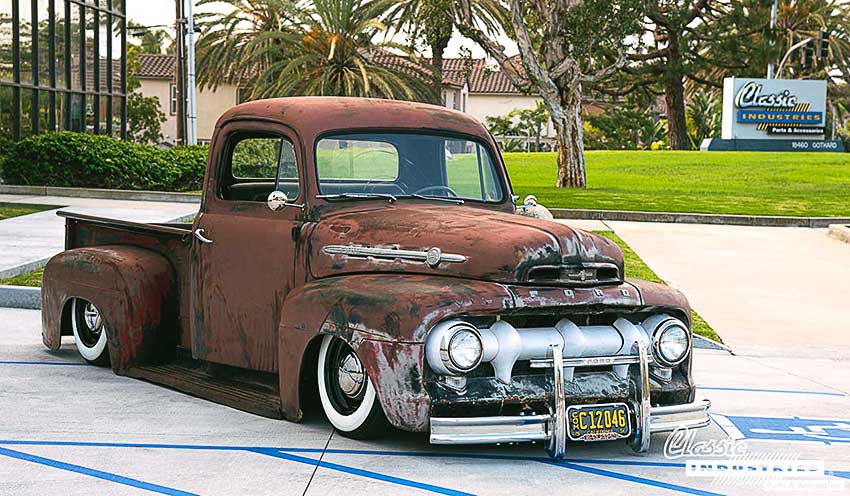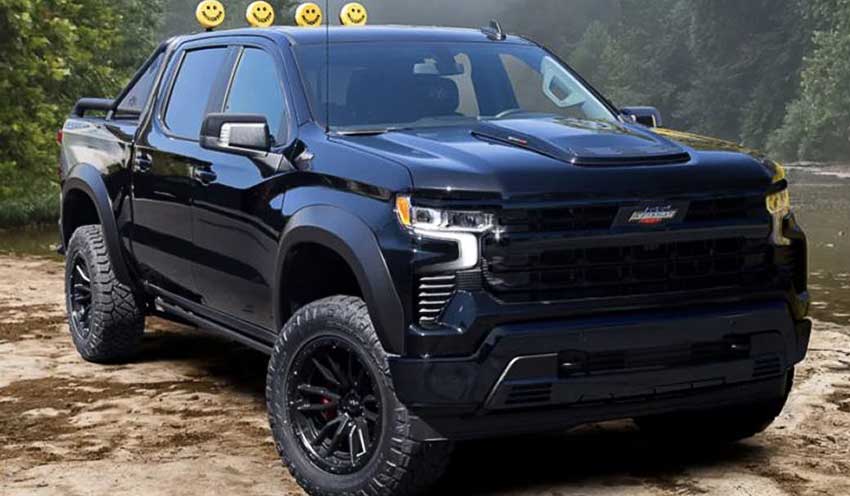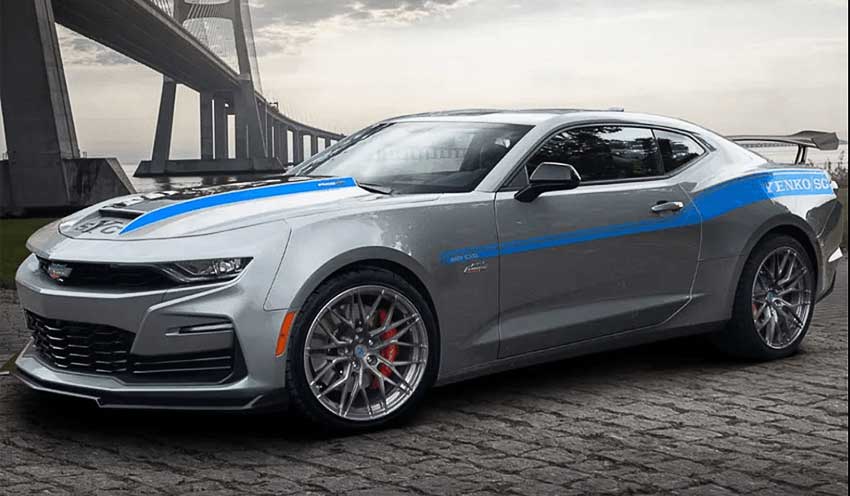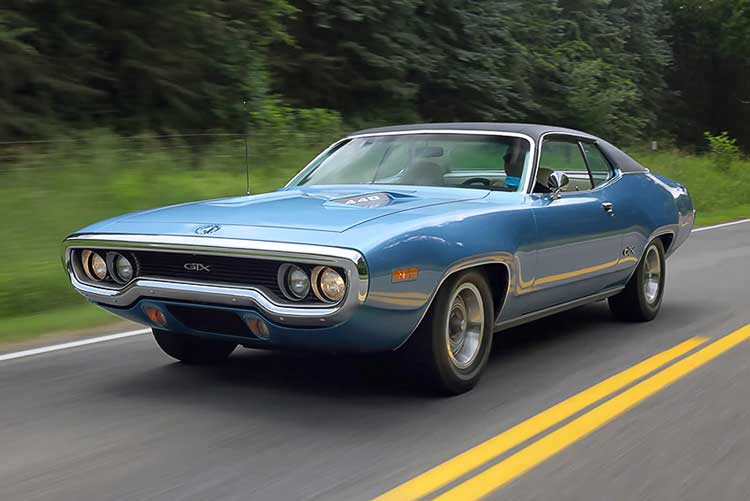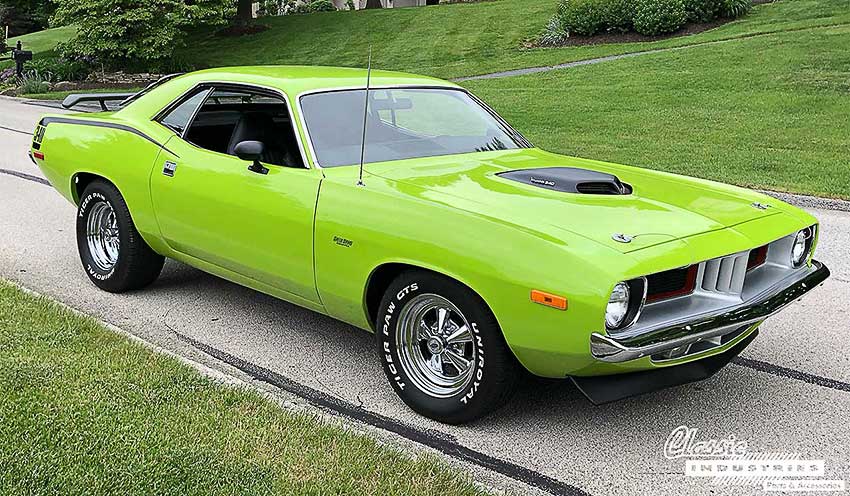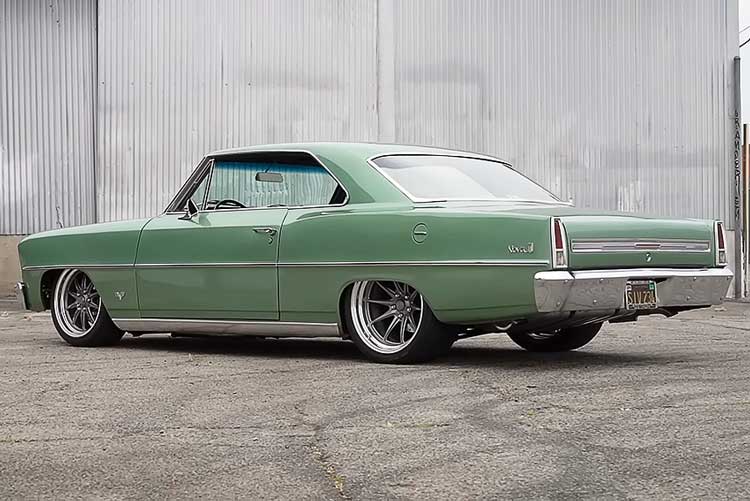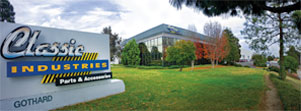Chevrolet produced an impressive 832,600 Impala Series vehicles in 1963. By way of comparison, Chevy's biggest full size vehicle rival, the Ford Galaxie 500, had a total production of 722,647 units. Whether you're a Blue Oval fan or a Bow Tie woman or man, both of these American automobile manufacturers were flying high in the Swingin' '60s.



